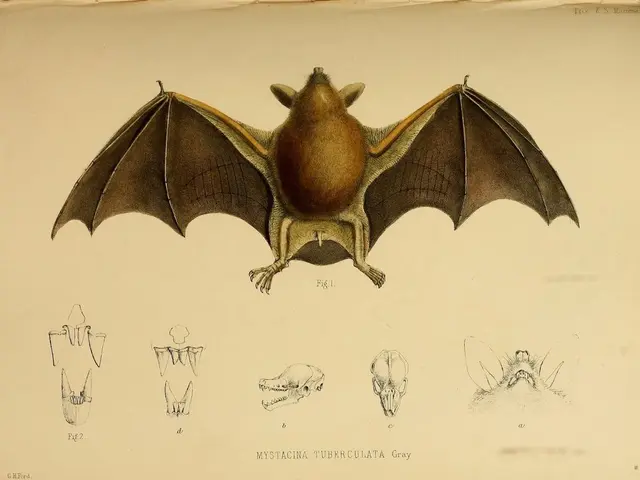Staying Awake Behind the Wheel: What to Do When You're Too Tired to Drive
Struggling with fatigue during driving: Solutions to stay safe on the road. - When you feel drowsy while driving, seek safety:
Hit the road with caution! You know the drill—you've got miles to cover, but halfway through, fatigue kicks in. We've all been there, and it can be downright dangerous. Drowsiness equals accidents, and accidents can lead to some heavy consequences.
A couple of weeks ago, a minibus full of passengers had a terrifying brush with danger on the A48 near Koblenz. Three people died, and six more were injured. The Public Prosecutor's Office in that city suspects driver fatigue could be the cause.
But how can you tell if it's time to take a break? How should you respond when you're flagging behind the wheel? Here are some tips, keeping holiday travel in mind.
Be Wary of Your Body's Warning Signs
Your body can be a pretty good barometer when it comes to carrying on with driving. If you find yourself yawning or blinking constantly, having trouble concentrating, or struggling to keep your lane, it's time to take a pit stop. And if you can't remember the last few kilometers or are inexplicably speeding up or slowing down, those are clear signs that you're running on empty—literally and figuratively.
Take Regular Breaks—Seriously
Traffic experts suggest taking a break every two hours or so. Getting out and stretching, or even taking a brief walk, can improve your circulation and give you a second wind.
A short catnap of 15 to 20 minutes can do wonders, too. Just park, close your eyes, and let your feet and muscles rest for a bit. But keep in mind that caffeinated drinks and loud music can only help so much. If you're feeling groggy, a quick jolt of energy won't cut it. You need some shut-eye.
Drowsiness at the wheel equals acute accident risk
Drowsy drivers are responsible for numerous accidents each year, causing injuries and fatalities in their wake. In fact, a sleepy driver who nods off for five seconds covers nearly 140 meters at 100 km/h without seeing a thing.
Modern cars are equipped with various safety features that can aid in recognizing drowsiness and preventing accidents. For instance, drowsiness warning systems use sensors that analyze your driving behavior and alert you if you exhibit signs of fatigue. Also handy are emergency braking and lane-keeping assistants, which can potentially cushion the blow (so to speak) if you nod off at the wheel.
- Accident Risk
- Tiredness
- Koblenz
- ADAC
- Accident
- Drunk Driving
- Public Prosecutor's Office
Enrichment Data:
Holiday travel often involves lengthy drives, making drowsy driving a significant concern. The following tips may help recognize and cope with drowsiness while driving:
- Recognizing Drowsiness: Watch out for signs such as frequent yawning, difficulty keeping your eyes open, and trouble maintaining your lane.
- Safe Driving Hours: Plan your drive to avoid peak sleep hours (midnight to 6 AM), as the risk of drowsy driving is higher during these times.
- Take Regular Breaks: Take a break every 2 hours or 100 miles to stretch and refresh.
- Stay Well-Rested: Ensure you get at least 7 to 9 hours of sleep before a long drive.
- Avoid Alcohol: Alcohol can exacerbate drowsiness and impair your ability to drive safely.
- To reduce the risk of accidents during holiday travel, recognize the signs of drowsiness such as frequent yawning, difficulty keeping your eyes open, and trouble maintaining your lane.
- Modern cars are equipped with features like drowsiness warning systems and emergency braking that can help prevent accidents by alerting drivers to signs of fatigue.
- To avoid drowsy driving, plan your drive to avoid peak sleep hours (midnight to 6 AM) and ensure you get at least 7 to 9 hours of sleep before a long drive.








